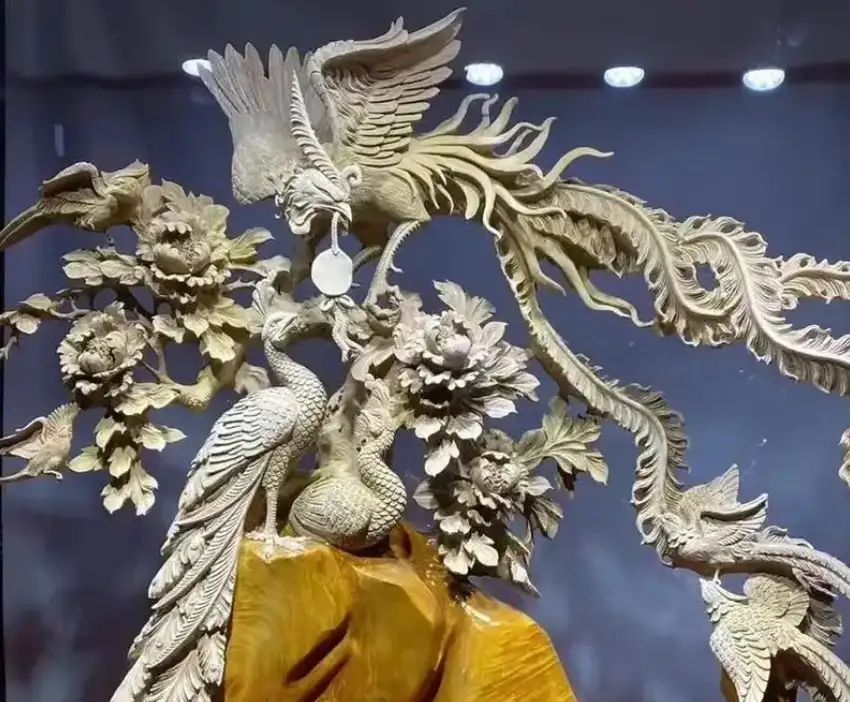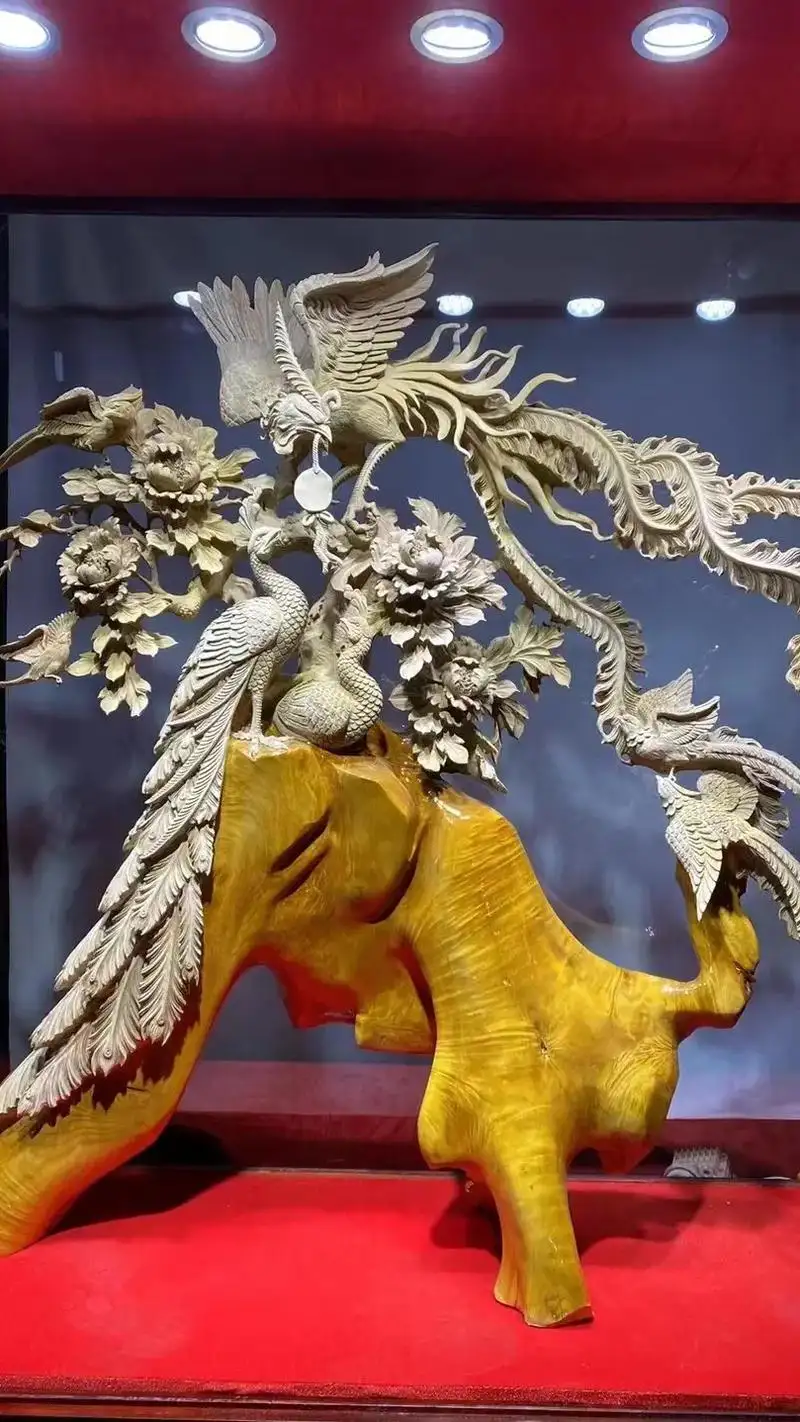
Chinese Wood Carving Technology: Openwork Carving
- 26 Apr, 2025
- Posted by Admin
- 0 Comment(s)
Chinese Openwork Carving: A Timeless Art of Pierced Elegance
Chinese openwork carving (Openwork Carving) is an intricate sculptural art that partially or completely pierces through materials, creating mesmerizing interplay of void and solid, light and shadow. As an advanced form of relief carving, it is celebrated for its “delicate transparency” and widely applied in architecture, furniture, and decorative arts. Below is a systematic exploration of its historical evolution, technical features, core strengths, and modern innovations.

I. Historical Evolution of Openwork Carving
-
Shang-Zhou to Han-Wei Dynasties: The Dawn of Pierced Artistry
-
Bronze Ritual Vessels: Pierced motifs (e.g., kui-dragon patterns) on Shang-Zhou zun and dou vessels marked the earliest forms.
-
Warring States Period: The lacquered wooden screen from the Tomb of Marquis Yi of Zeng showcased early wood openwork techniques.
-
-
Tang-Song Dynasties: Buddhist Influence and Technical Refinement
-
Tang Gold & Silverware: The gilded revolving incense ball from Famen Temple, featuring double-layered openwork.
-
Song Architecture: Yingzao Fashi documented standardized wood openwork techniques like “latticed qiuwen doors.”
-
-
Ming-Qing Golden Age: Regional Mastery
-
Chaozhou Wood Carving: Multi-layered gilt openwork (up to 5 layers), e.g., Shrimp and Crab Basket.
-
Huizhou Brick Carving: Ornate window screens like those in Hongcun’s Chengzhi Hall.
-
Suzhou Nut Carving: Miniature scenes like Night Banquet at Red Cliff on olive pits.
-
II. Core Technical Classifications
| Type | Features | Masterpieces |
|---|---|---|
| Full Openwork | Complete material penetration, 3D frameworks | Chaozhou Dragon-Phoenix hanging screen |
| Semi-Openwork | Partial backing for contrast | Dongyang Hundred Birds window panels |
| Multi-Layer | 3-5 layered depth | Guangdong gilt-wood shrines |
| Inlaid Openwork | Mixed materials (wood + jade/shell) | Qing dynasty zitan treasure-inlaid boxes |

III. Five Artistic Hallmarks
-
“Penetrative” Spatial Aesthetics
-
Achieves “seen-through yet unfathomable” effects, e.g., Suzhou garden lattice windows offering “scenery that shifts with every step.”
-
-
“Thousand-Layer” Craftsmanship
-
Chaozhou’s unique process: rough carving → fine piercing → polishing → gilding. Complex works may require 360 days.
-
-
Mastery of Light & Shadow
-
Sunlight animates brick carvings; candlelight softens palace lantern patterns.
-
-
Material Versatility
-
From jade (Liangzhu cong piercings) to fragile eggshell carvings.
-
-
Cultural Storytelling
-
Themes: longevity symbols (cranes/pines), historical epics (Romance of Three Kingdoms), Buddhist scenes (flying apsaras).
-
IV. Competitive Advantages
-
Structural Innovation
-
Huizhou windows combine ventilation, light control, and security (grid density <5cm).
-
-
Irreplaceable Craft
-
Machine carving cannot replicate hand-tooled textures (“mao-diao” marks).
-
-
Cultural Premium
-
Auction records:
-
Qing zitan openwork screen (HK$210M, Christie’s 2015).
-
Contemporary Chaozhou works: $50-80K/sq.m.
-
-
-
Cross-Disciplinary Potential
-
Modern adaptations: Hermès “Chinese Lattice” scarves; Beijing Daxing Airport’s digitalized ceiling motifs.
-
V. Modern Revival & Breakthroughs
-
Living Heritage Initiatives
-
Digital archives: 3D-scanned Chaozwood patterns (108 designs).
-
New materials: LED-lit acrylic openwork installations.
-
-
Global Showcases
-
British Museum’s 2023 exhibition featured Ming ivory concentric balls (17 layers).
-
Conclusion: The Enduring Legacy
Chinese openwork carving epitomizes Eastern aesthetics through its spatial deconstruction and cultural narratives. Its enduring value lies in:
-
The harmony of handcrafted warmth and precision
-
The fusion of utility and artistry
-
Traditional DNA inspiring modern design
